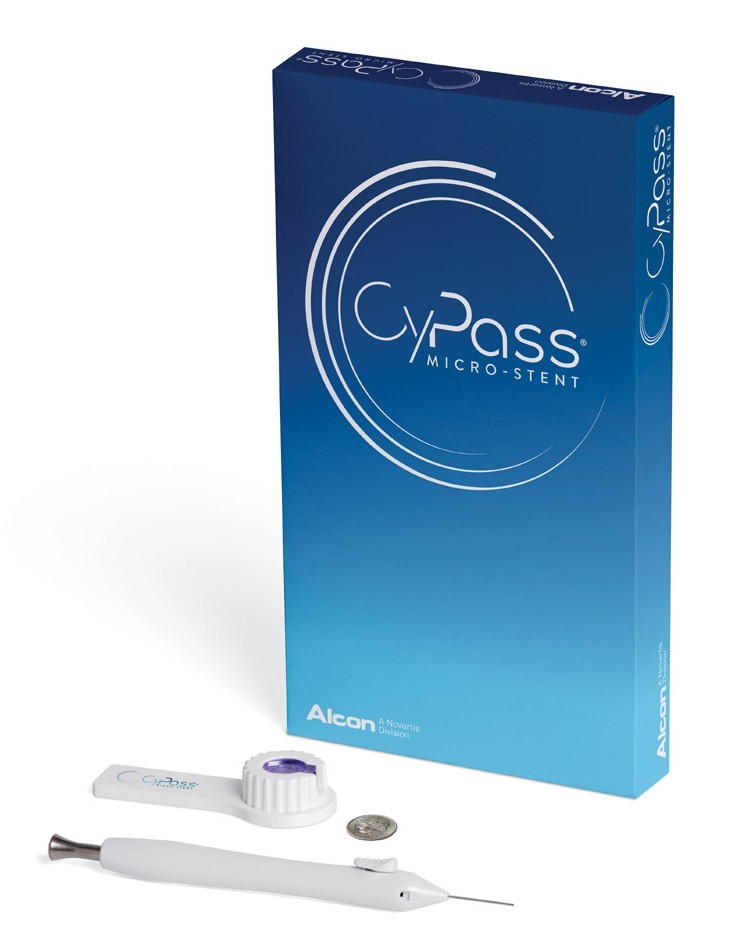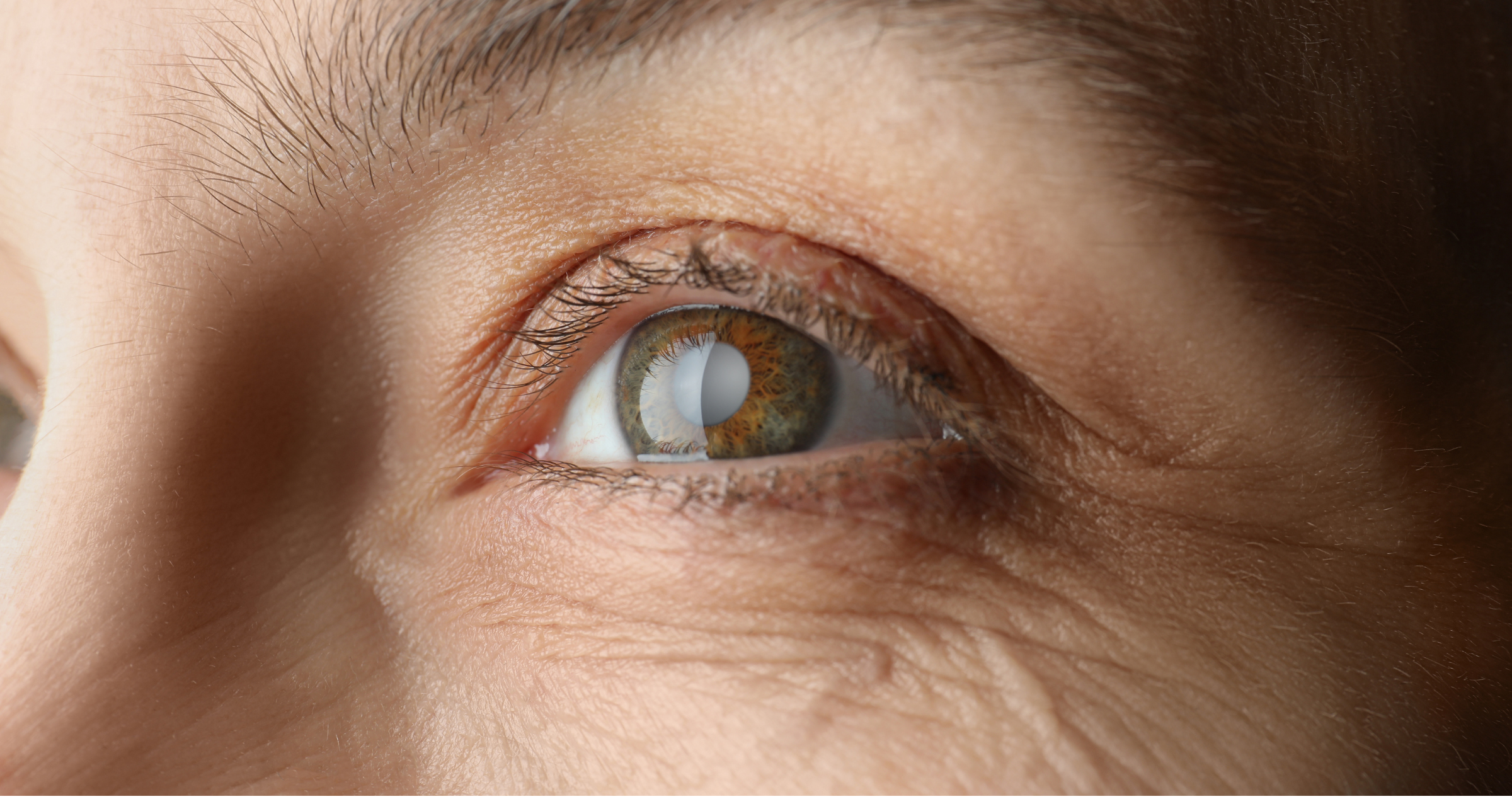Share
Cypass is one of the Minimally Invasive Glaucoma Surgery (MIGS) devices that has been used effectively to lower intraocular pressure. It is usually implanted at the time of cataract surgery. It is inserted into the drainage area behind the iris and ciliary body.
 On 29 August 2018, Alcon, the manufacturer of CyPass, has voluntarily withdrawn the micro-stent device from sale as a precaution, pending further investigations.
On 29 August 2018, Alcon, the manufacturer of CyPass, has voluntarily withdrawn the micro-stent device from sale as a precaution, pending further investigations.
In a long-term study, as yet unpublished, the stent was found to be effective at lowering eye pressure at 5 years but the study also found it could affect the endothelial cells that line the front window (cornea) of the eye in some people. A healthy number of these cells is required to maintain clear vision.
Removal of the stent is usually not required or recommended by the manufacturer or surgeons. If necessary, the stent can be positioned further away from the front window of the eye or trimmed, and in some cases removed. If damage to the endothelial cells has occurred, further treatment is available and may be required.
Patients who have had these devices inserted should not be unduly alarmed, as only a proportion of cases may develop this problem that is overall treatable. It is a good idea to get in touch with your surgeon and discuss next steps – a scan of the endothelial cells is a good way to monitor any potential problems.



